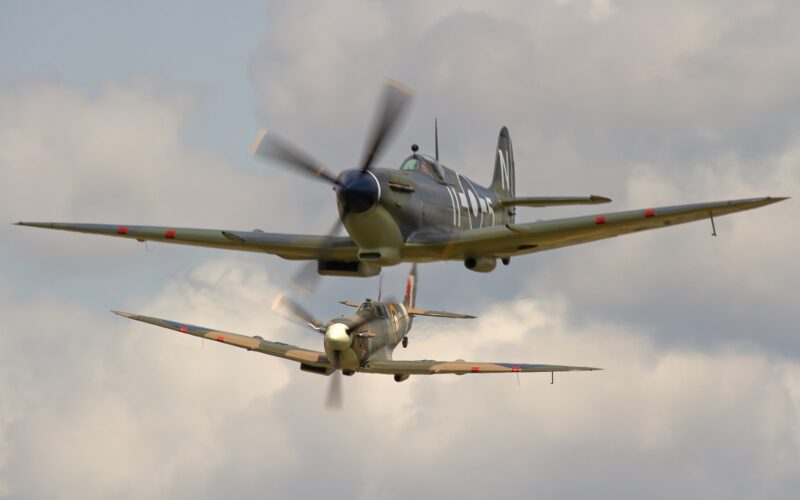When World War II drew to a close with the unconditional surrender of Japan on September 2, 1945, it was estimated that as many as 70 million people had been killed over six devastating years.
According to research by the National World War Two Museum in New Orleans, 15 million died in battle while 45 million civilians were killed – with some estimates suggesting a further 50 million people may have died in China alone.
Among the nations that suffered the highest numbers of deaths were the Soviet Union, Germany, Japan and China, with all four suffering loses in the millions.
After World War I, technology had rapidly developed, and World War II saw the introduction of ever more sophisticated aircraft, weapons, ships, logistical support, intelligence, communications and medicine.
Bombers, fighters and transport planes dominated the aerial sphere, and aircraft such as the Spitfire, Lancaster Bomber, Mustang and Boeing B-17 Flying Fortress became beacons of victory that still hold their iconic status 80 years on.
While World War II ultimately ended with the surrender of Germany, Japan and Italy, there were many times during the conflict when an outcome favoring the United States (US), Britain, France and the Soviet Union seemed inconceivable.
And without key turning points involving aircraft during the war, the outcome could have been very different, allowing for a Nazi victory.
The Battle of Britain
Having invaded and occupied swathes of Europe, in June 1940 German forces entered Paris unopposed and took control of France.
Having declared war on Germany on September 3, 1939, following its invasion of Poland, Britain now stood only with its Commonwealth Allies.
Initially, Hitler had hoped his victories across Europe would force the British to seek a peace settlement, but when it became clear that Britain had no intention of yielding, he began his plan for a land invasion, known as Operation Sea Lion.
To successfully invade and occupy Britain, Germany would need to gain air superiority. So it was that, in July 1940, Hitler instructed the Luftwaffe to begin attacks in what would become the first ever major battle fought entirely in the air.
In July 1940, Hitler told the Luftwaffe: “The British Air Force must be eliminated to such an extent that it will be incapable of putting up any sustained opposition to the invading troops.”
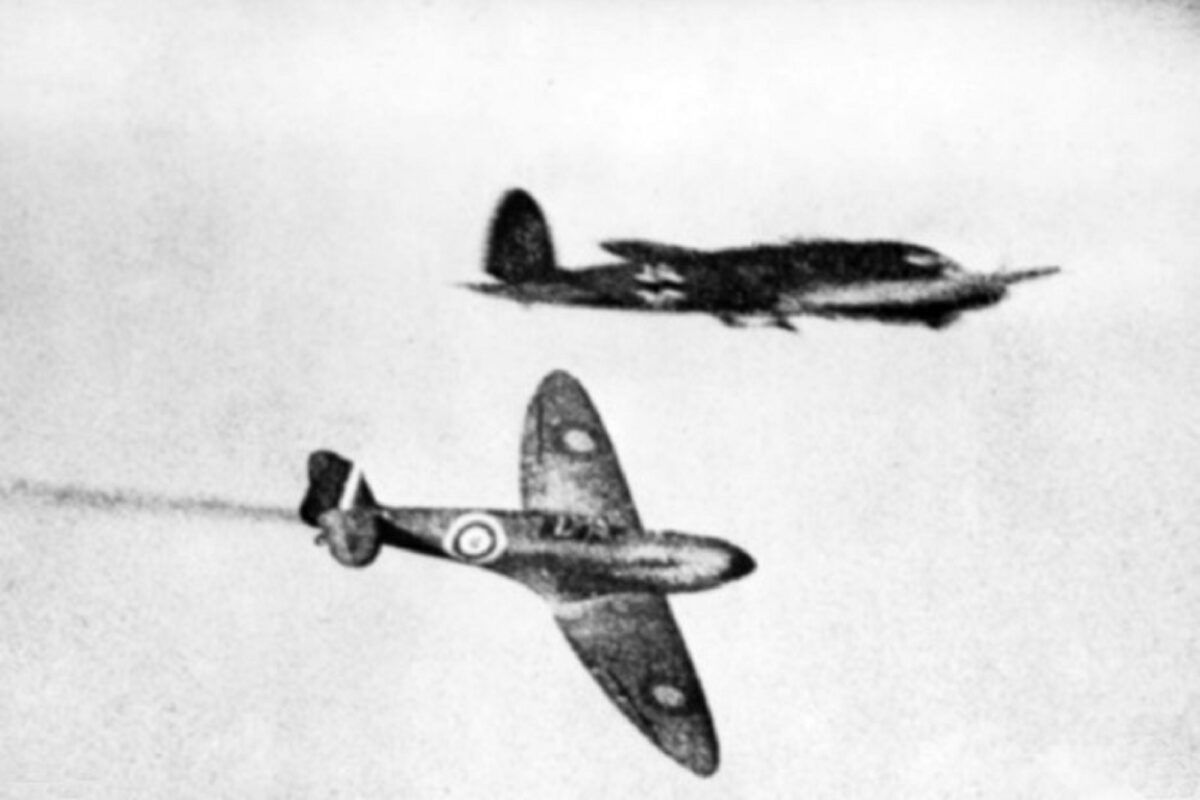
The stakes for Britain and Europe could not have been higher. The Soviet Union and the US were yet to enter the war, and a defeat for Britain and its Commonwealth Allies, including Canada, New Zealand and Australia, could leave Germany totally unopposed.
In a key speech delivered by British Prime Minister Winston Churchill on June 18, 1940, the gravity of an imminent air attack was made clear to MPs in Parliament.
Famously, Churchill declared: “The whole fury and might of the enemy must very soon be turned on us. Hitler knows that he will have to break us in this Island or lose the war. If we can stand up to him, all Europe may be free, and the life of the world may move forward into broad, sunlit uplands.”
Churchill feared that, should the Allies be defeated during the Battle of Britain, then the entire world, including the US, would “sink into the abyss of a new Dark Age made more sinister”.
He concluded: “Let us therefore brace ourselves to our duties, and so bear ourselves that, if the British Empire and its Commonwealth last for a thousand years, men will still say, ‘this was their finest hour’.”
The Battle of Britain began on July 10, 1940, with German bombers targeting British ports and convoys.
According to Britannica, it was on August 13, 1940, when the main offensive (known as Adlerangriff or Eagle Attack) began, with attacks launched against air bases, aircraft factories and radar hubs.
#OTD in 1940, the Battle of Britain began, with the Luftwaffe attacking shipping in the English Channel and Channel ports and coastal radar stations on the South coast. There were widespread night-time raids all along the coast. #WW2 #HISTORY pic.twitter.com/WC215J8z20
— RG Poulussen (@rgpoulussen) July 10, 2023
Despite having fewer pilots than the Germans, the British had several distinct advantages over their aggressors.
Britain had developed ‘Chain Home’, the first early warning radar network ever built, which could detect approaching German aircraft up to 80 miles away and therefore remove the element of surprise.
The British had also developed the ‘Dowding System’, which allowed Fighter Command to collate information from a range of sources, such as radar and spotters, and then coordinate how its air defenses would respond.
According to the Royal Air Force (RAF), at the height of the Battle of Britain, the RAF had only 749 fighter aircraft available, up against 2,550 Luftwaffe planes.
However, Britain had superior aircraft in the form of Hawker Hurricanes and Supermarine Spitfires, plus the support of pilots and volunteers from 13 different nations who became affectionately known as ‘The Few’.
By August 1940, the Germans had lost more than 600 aircraft, the RAF only 260.
Indebted to the efforts and heroism of the British pilots, in August 1940, Churchill famously said: “Never in the field of human conflict was so much owed by so many to so few”.
Struggling to break the RAF resistance, in September 1940, Hitler began an eight-month bombing campaign known as ‘The Blitz’, in which industrial infrastructure, towns, and cities in Britain were targeted.
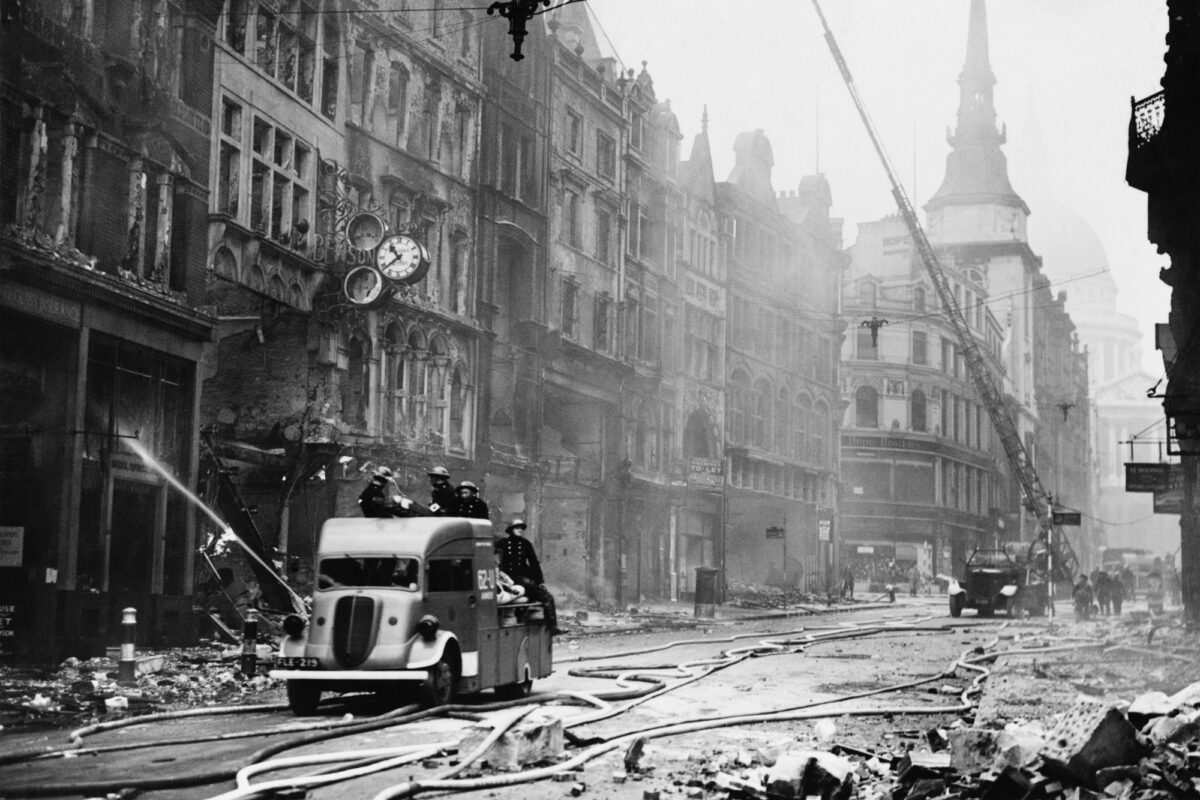
While the Battle of Britain technically continued until October 1940, this change in tactic signaled that Germany’s ambition to dominate the skies over Europe’s largest island was failing.
On October 12, 1940, Hitler announced that Operation Sea Lion would be postponed during the winter, but the plan was never revisited. Germany’s attention instead turned East to Russia.
Nevertheless, the Blitz continued until May 11, 1941, mainly under the cover of darkness. It resulted in the deaths of 43,000 civilians, but even then, the Luftwaffe could not break Britain’s spirits.
The German’s campaign suffered from poor intelligence and the lack of a strategy to destroy British war industry in any methodical way.
Defeated, Germany faced the first significant loss during World War II. Crucially, the world was shown that the German military machine that had ravished Europe was not invincible.
Attack on Pearl Harbour
As the war raged in Europe, the majority of the public in the US were against supporting Britain in its fight against Hitler and Nazi Germany.
Since the horrors of World War I, the US had adopted a position of isolationism, with most Americans holding the firm belief that the country should stay clear of foreign affairs.
Americans who thought the US should intervene argued that, without their country’s involvement, it would not be long before they woke up to find a dictator in control of vast swathes of the world.
According to the National World War II Museum, despite public opinion softening during the Battle of Britain, the British were left to defend themselves
However, any such reluctance evaporated on December 7, 1941, when Imperial Japan launched a surprise aerial attack on the US naval base at Pearl Harbor on Oahu Island, Hawaii.
Tensions between the US and Japan had been running high for a decade, since the Japanese invaded the Chinese region of Manchuria in 1931.
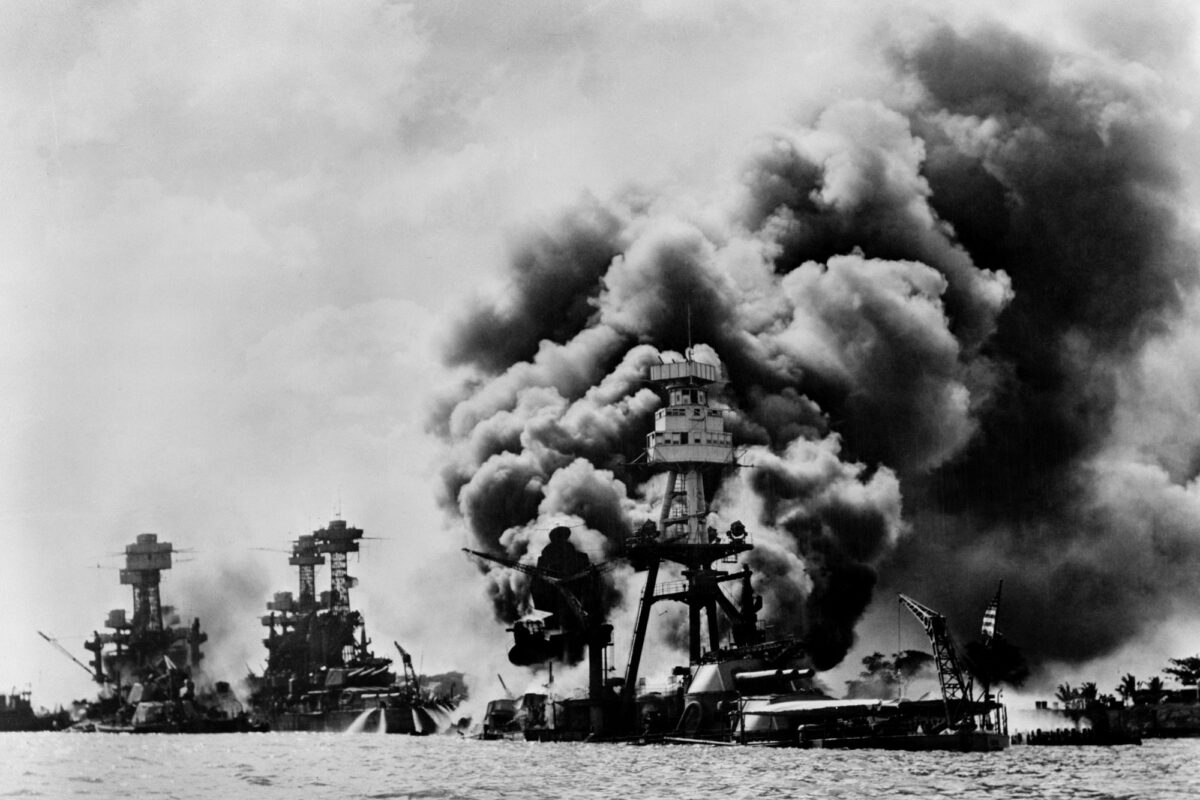
In the years that followed, Japan continued to drift towards imperialism as it sought increasing power and valuable resources.
In 1937, the Second Sino-Japanese War broke out between Japan and China, as the Japanese continued to seek dominance in the region. Then, in 1940, Japan invaded French Indochina.
According to The National World War II Museum, following the invasion of French Indochina, Japan planned to take both British Malaya and the oil-rich Dutch East Indies.
On July 26, 1941, in response to its aggression, the US froze Japanese assets which essentially removed Japan’s access to its oil.
With talks between Japan and the US gridlocked, the Japanese began planning an audacious attack against Britain’s naval home in Singapore and Pearl Harbor, with the hope this would free up access to Dutch East Indies.
On November 26, 1941, Japan planned for 400 planes, including Mitsubishi A6M Zeros, to travel on six Imperial Japanese Navy aircraft carriers to a position in the Pacific Ocean 200 miles from Pearl Harbor.
Just under two weeks later, at 07:48 on December 7, 1941, the attack on Pearl Harbor began.
In the first wave, 177 Japanese aircraft were launched to destroy as much of the US fleet as possible.
According to the Imperial War Museum, the first wave of attack targeted aircraft hangars, planes and ‘Battleship Row’, which was made up of seven powerful battleships.
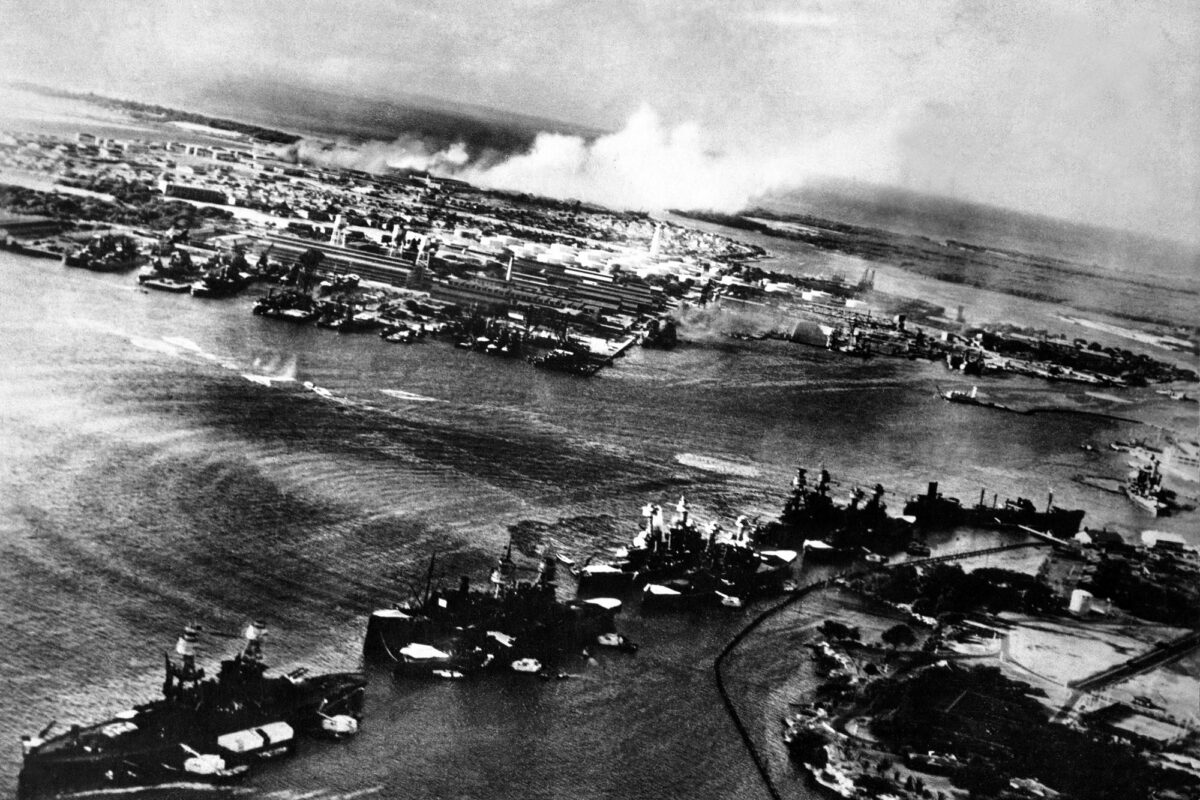
Four were hit, including the USS Oklahoma and USS West Virgina. On USS Arizona, a gunpowder store was struck causing a huge explosion that sunk the ship, killing 1,177 of its crew.
After the initial attack wave, a second was launched involving a further 163 Japanese planes, which continued to inflict further devastation on the US naval base.
In all, the attack lasted around two hours, resulting in the deaths of 2,403 service personnel, plus the destruction of 188 aircraft and damage to 21 warships.
However, the attack could have been much worse had three of the Pacific Fleet’s aircraft carriers not been out at sea at the time of the attack.
Many of the damaged ships were also repaired or salvaged after being sunk, then restored to fight in more battles during the war.
The day after the Pearl Harbor attack, US President Franklin D. Roosevelt called for the declaration of war against Japan. An hour later, the US formally agreed to take up arms.
Subsequently, Germany and Italy also declared war on the US and President Roosevelt followed suit.
While Japan’s attack on Pearl Harbor was considered a success for the aggressor in the short term, it had failed to destroy American repair shops and fuel-oil tanks.
The Japanese also miscalculated the American response in thinking that, despite the attack, the US would still adopt its position of isolationism from the world.
While the American public may have been divided on the subject of helping their European Allies prior to the Pearl Harbor attack, the majority now firmly backed the US entering the war.
With the US prompted to take action, the attack on Pearl Harbor fundamentally changed the landscape of World War II, as the most powerful military force on Earth had now entered the conflict.
The Battle of Kursk
The Battle of Kursk was the largest tank battle in history and one of the defining moments in the Second World War.
Fought on Russian Soviet territory, the Germans and the Red Army battled with some 8,000 tanks, 3,000,000 troops and 5,000 aircraft.
The battle began on July 5, 1943, just months after Germany and the Soviet Union had clashed in Stalingrad, site of the Second World War’s deadliest fight.
While the Battle of Kursk is mostly known for its land conflict, the month-long fight was also the largest aerial battle in history.
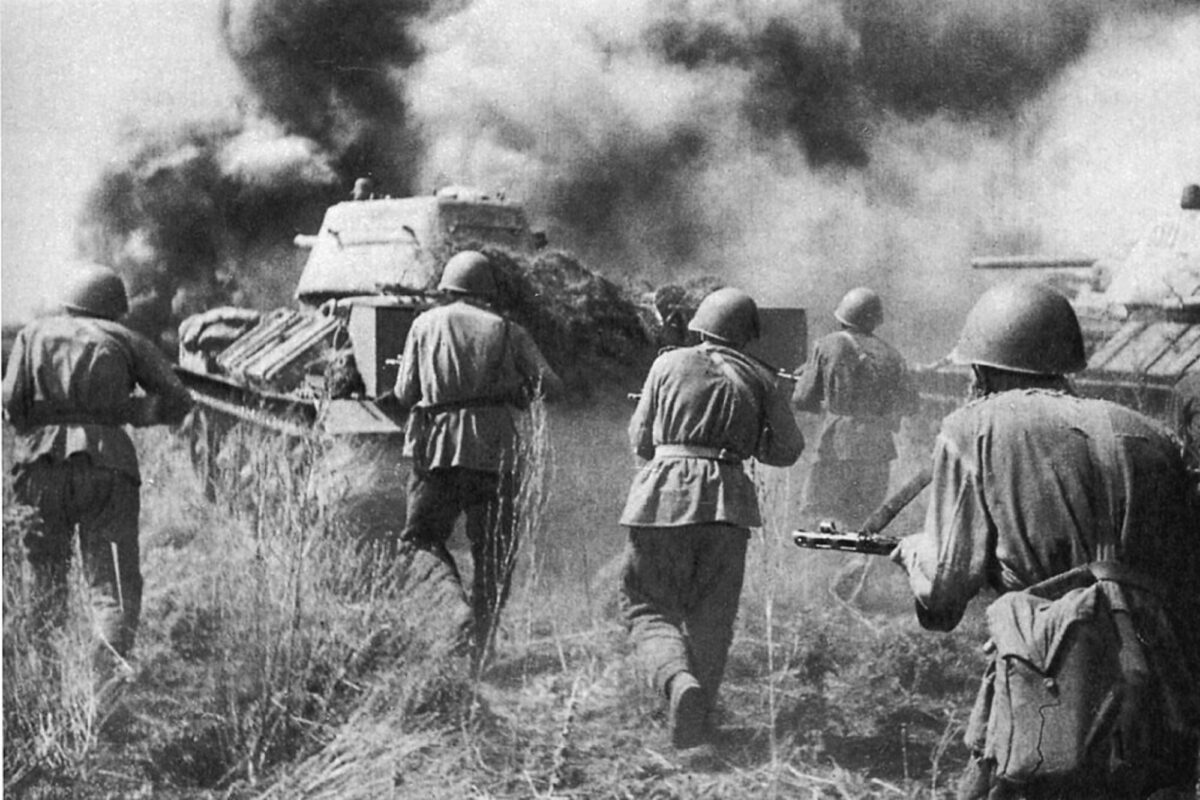
According to Norwich University, the battle took in the “costliest single day of aerial warfare and the largest tank battle in history”.
The start of the battle had been postponed many times and the Soviets had gained invaluable intelligence about the attack, giving the Red Army time to prepare and strengthen its defenses.
The Battle of Kursk would see German Tiger tanks and Soviet T-34s come face to face on the battlefield, but both Hitler and Soviet Union leader Joseph Stalin knew that air superiority would be crucial for achieving victory.
On the German side there were Junkers Ju 87s, Junkers Ju 88s, Heinkel He 111s and Messerschmitt Bf 109 fighter planes, while the Soviets deployed Il-2 Sturmoviks, Petlyakov Pe-2s and Yakovlev Yak-9s.
Overall, the German planes were seen as more capable, but the Soviets had more aircraft and were better resourced in terms of fuel and other important supplies.
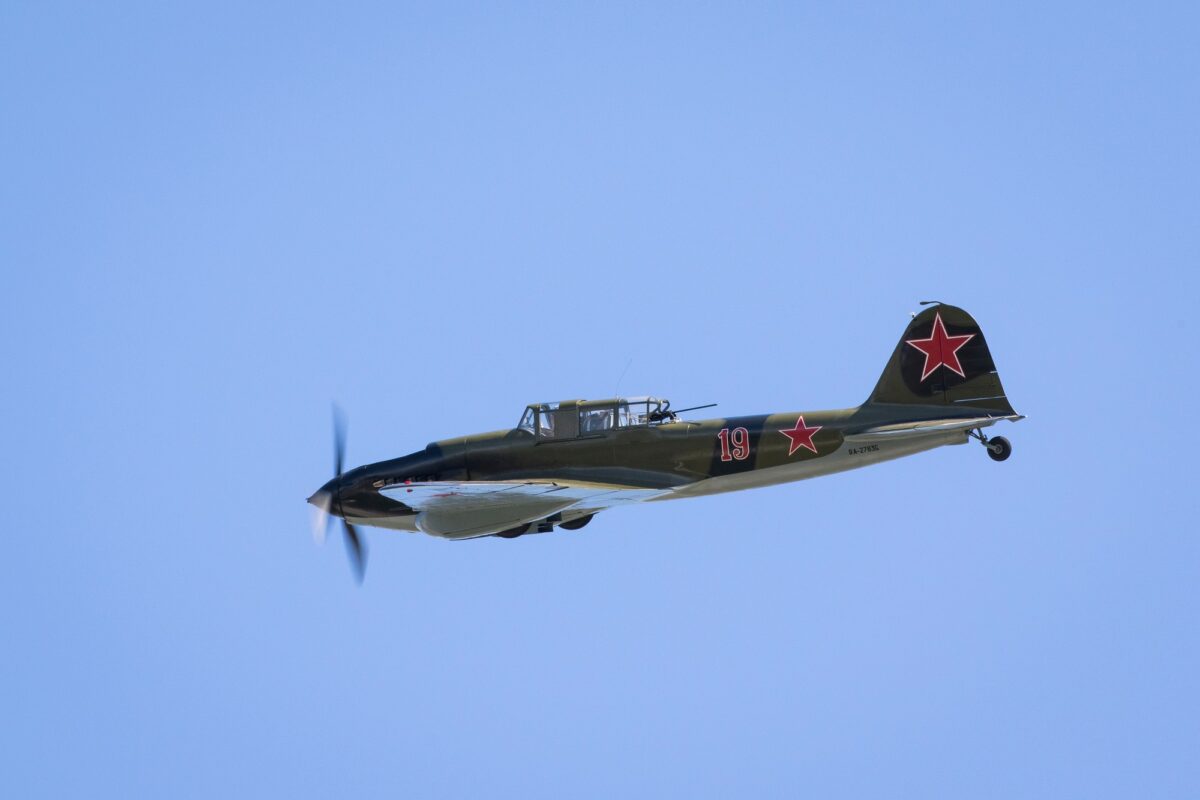
The Germans launched Operation Citadel on July 5, 1943, and on the first day, their planes dominated the air above the battlefields in Kursk.
However, according to historian Dan Zamansky, the dominance was short lived. Within a few days, the Soviet Union was exploiting its superior aircraft numbers.
Zamansky argues that the Germans lacked tankbusters and were overstretched – plus, by July 9, 1943, its pilots were exhausted and on the brink of failure.
“In the north, there was talk of a temporary pause in the offensive, while in the south General Hoth complained that ‘the operation has temporarily run out of steam’. The truth was not so ambiguous. The Luftwaffe, in particular, was exhausted. It could only manage 481 attack sorties in the north that day, a third of what it had achieved on July 5. In a sign of desperation, reconnaissance aircraft employed as improvised bombers flew 110 of these sorties. Individual pilots were exhausted and overwhelmed,” Zamansky wrote in a 2022 article for HistoryNet.
On July 12, 1943, with Allied forces landing in Sicily, Hitler cancelled Operation Citadel and aircraft units flew north.
That same day, the Soviets launched Operation Kutuzov, and then, at the start of August 1943, Operation Rumyantsev. By August 23, 1943, the Battle of Kursk was over.
During the Battle of Kursk, Germany lost around 200 aircraft and the Soviet Union 1,130 aircraft. The month-long conflict caused around 800,000 Soviet casualties and 200,000 German casualties.
The loss at the Battle of Kursk marked the last time that German would launch an offence on the Eastern Front and was referred to as the “last gasp of Nazi aggression”. How different it could have been, though, if Germany had won the aerial battle.

